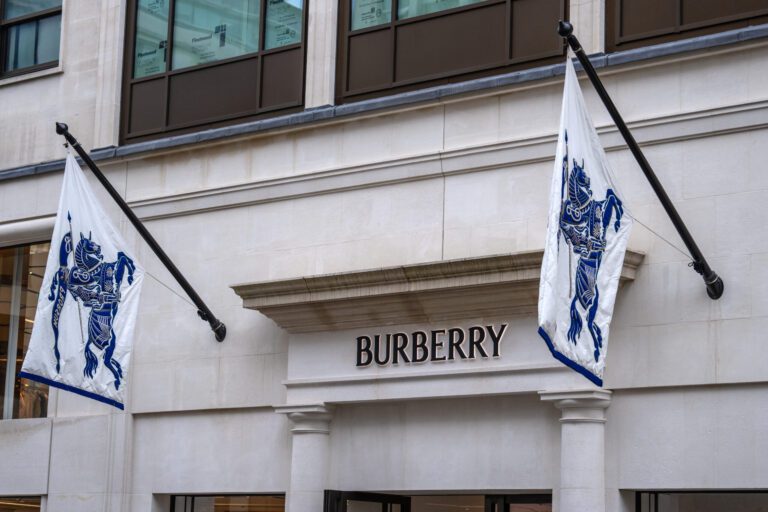Burberry Jobs Cut: 1,700 Positions and Challenges Signaling a Luxury Market Shift
Overview of Job Cuts and Company Strategy
Burberry has announced a considerable reduction in its workforce, shedding 1,700 jobs, which amounts to approximately 20% of its global team. This move is part of a broader strategy aimed at revitalizing the British luxury brand amid struggles within the luxury goods sector.
The Economic Landscape
The company’s decision to cut jobs comes at a time when luxury goods are facing declining sales, with Burberry recently reporting a 6% decrease in sales. In light of these challenges, CEO Joshua Schulman expressed cautious optimism regarding the brand’s future:
“While we are operating against a difficult macroeconomic backdrop and are still in the early stages of our turnaround, I am more optimistic than ever that Burberry’s best days are ahead, and that we will deliver sustainable profitable growth over time.”
Concerns Over Tariffs and Market Dynamics
Burberry is particularly concerned about the impact of rising tariffs, especially as nearly 20% of its sales stem from the U.S. market. The company refrained from releasing specific sales targets for the full year, citing ongoing geopolitical developments.
Mario Ortelli, a managing partner at advisory firm Ortelli & Co., commented on the situation:
“The tariff turmoil has increased worries. This is not helping the sentiment of the luxury consumer.”
Competitive Landscape
Burberry’s challenges are not unique; competitors such as LVMH and Kering, which owns Gucci, have also reported declines in earnings. This indicates a broader contraction within the luxury sector, influenced by weak demand in both American and Chinese markets.
Industry Insights
A report by McKinsey highlights that the rapid growth of the luxury industry over the past five years has led to overexposure, causing consumers to question the exclusivity, creativity, and craftsmanship associated with luxury brands.
Key Insights from Bain-Altagamma Study
- Luxury Spending Decline: Overall spending on luxury items has decreased by 1-3% in 2024.
- Shift in Consumer Preferences: While long-term growth for the luxury market is expected, spending is anticipated to shift away from luxury goods toward experiences like travel and social events.
- Rise of Secondhand Luxury: The secondhand luxury segment saw a 7% growth last year, as higher prices for new items push budget-conscious consumers towards resale options.
Changing Demographics in Luxury Consumption
While luxury brands continue to attract high-net-worth individuals, the entry-level luxury segment is shrinking. The report notes a loss of approximately 50 million luxury customers over the past two years, with younger shoppers—especially Generation Z—turning away from traditional luxury brands.
Market Projections
Analysts predict a further contraction in the luxury goods market in 2025, potentially marking the longest downturn for the industry in two decades. This trend suggests that brands must innovate to retain relevance in a rapidly changing marketplace.
Conclusion
Burberry’s decision to reduce its workforce and the broader struggles in the luxury market serve as critical signals of an evolving landscape. As brands adapt to shifting consumer preferences and economic pressures, it remains essential for luxury houses to balance product offerings with the expectations of an increasingly discerning consumer base.
For further insights into the luxury goods market, explore McKinsey’s research and Bain-Altagamma’s luxury market studies.


